Smart vacuums, sometimes known as "Robovacs," are vacuum cleaners that can operate independently of a consumer and are cleaned repeatedly.
Cleverer than ever, today's smart robot vacuum could map your house, navigate using artificial intelligence, as well as empty themselves. Nevertheless, it has taken more than 20 years since the first goods were created for such sophisticated robots to reach this point. We'll examine the product's background and present-day market data for smart vacuum cleaner in this manual.
While every one of them uses a smart vacuum to clean, many also utilize mopping, spinning, or UV sterilizing. Some go beyond simple vacuum cleaners to include intercom systems, security cameras, and other functions.

Beginning
Vacuum cleaners may seem like a recent invention, but their history dates to the late 1800s. Daniel Hess of Western Union, Iowa, created a tool he dubbed a "carpet sweeper" in 1860. The device included bellows for suction and a spinning brush for dust collection.
Ives W. McGaffey created the "Whirlwind" in 1868, a hefty sweeping machine that combined a hand-cranked fan with a belt. A related sweeper with brushes attached to rollers was also created in 1876 by Melville R. Bissell. (Bissell is still one of the top manufacturers of vacuums and cleaning supplies in the US.)
Introduction of smart vacuum
In 1996, the first smart vacuum cleaner ever made its debut. Trilobite was the name given to it when it was produced by Electrolux, a Swedish nuclear family and master manufacturer of mechanical assembly. It was featured on the BBC science television program Tomorrow's World as a result of its curiosity.
The Trilobite had a smart vacuum cleaner as well as a detachable roller brush which performed admirably including on carpets with lengthy hair. He also could map spaces, navigate around barriers using ultrasonic sensors, and immediately return to his base to refuel. Finally, a straightforward LCD setup on its top even indicated whether or not the tank needed to be emptied.

Although it performed admirably, it had collision concerns with objects as well as left some small, uncleanable areas since it prohibited a short, straight path from obstructions like dividers and other items. Its aging is stopped. British technology company Dyson released its DC06 variant in 2001, however, because of its extreme excess, it wasn't produced on a large scale.
After a year, the Roomba was promoted by the American front-line technology company iRobot. Including its Roomba line of products, iRobot, a company with origins in robots for defense and space travel, was a forerunner of the current robot vacuum. The algorithm utilized in the Roomba is identical to the one being used in mine detecting equipment, according to Colin Angle, co-founder of iRobot.
The Roomba Pro, Roomba, and Roomba Pro Elite models were available when the original Roomba was introduced in 2002. It is largely regarded as the first commercially successful smart robotic automatic room vacuum cleaner.

The terms "Robot vacuum cleaner" and "Roomba" are frequently used interchangeably. This reminds me of how conventional smart vacuum cleaners and Hoover were often used indiscriminately. This robot vacuum can change its trajectory when it comes across a barrier, identify unclean areas of the floor, and differentiate splash drops, protecting it from falling stairs. It quickly gained notoriety, and several groups began to consider the possibility of a cleaner robotized vacuum. At this time, Roomba offers more than 40 models across all price points.
Future of Smart Robot Vacuum
The smart vacuum is one style of vacuum cleaner that has gained a lot of popularity recently. This novel model can run on its own and is frequently smartphone-operable. Even at work, you can start the vacuum remotely.
It's no longer science fiction to imagine a smart vacuum cleaner that can avoid furniture; several versions already come with sensors, and there is even a smart home clean robot that can avoid dog excrement.
The development of self-learning capabilities is where we do see some promise for the future, though. In the future, we predict that the smart robot vacuum will grow significantly smarter. He might, for instance, be able to spot trends and respond accordingly. Consider specific times and places where you frequently dine, following which he stops by to eat the leftovers.
Collaboration with IoT Devices
We believe that a smart vacuum cleaner will increasingly draw on the knowledge of other gadgets in addition to its smart characteristics. This is best demonstrated by iRobot, which integrates its mopping robots with its robot vacuum cleaners. One begins when the other is ready to do so. Additionally, more and more new partnerships with companies like cleaning products will be started. Another illustration is a unique cooperation that iRobot and Bona have established.

Climbing Smart Robot Vacuums
A new smart robot vacuum's maximum threshold height should constantly be taken into consideration. Currently, a robot vacuum cleaner's typical maximum threshold height is 1.5 centimeters.
The major drawback of a smart robot vacuum is not that it can only focus on one floor, but rather on the height of the threshold. Because he can drive over thresholds, he is still unable to access the first-floor bedroom.
However, a floor might not even be an issue in the future. For instance, The Verge found that Dyson has submitted a patent application for a robot that can open drawers and climb stairs. It's unclear if this relates to a robot vacuum cleaner.


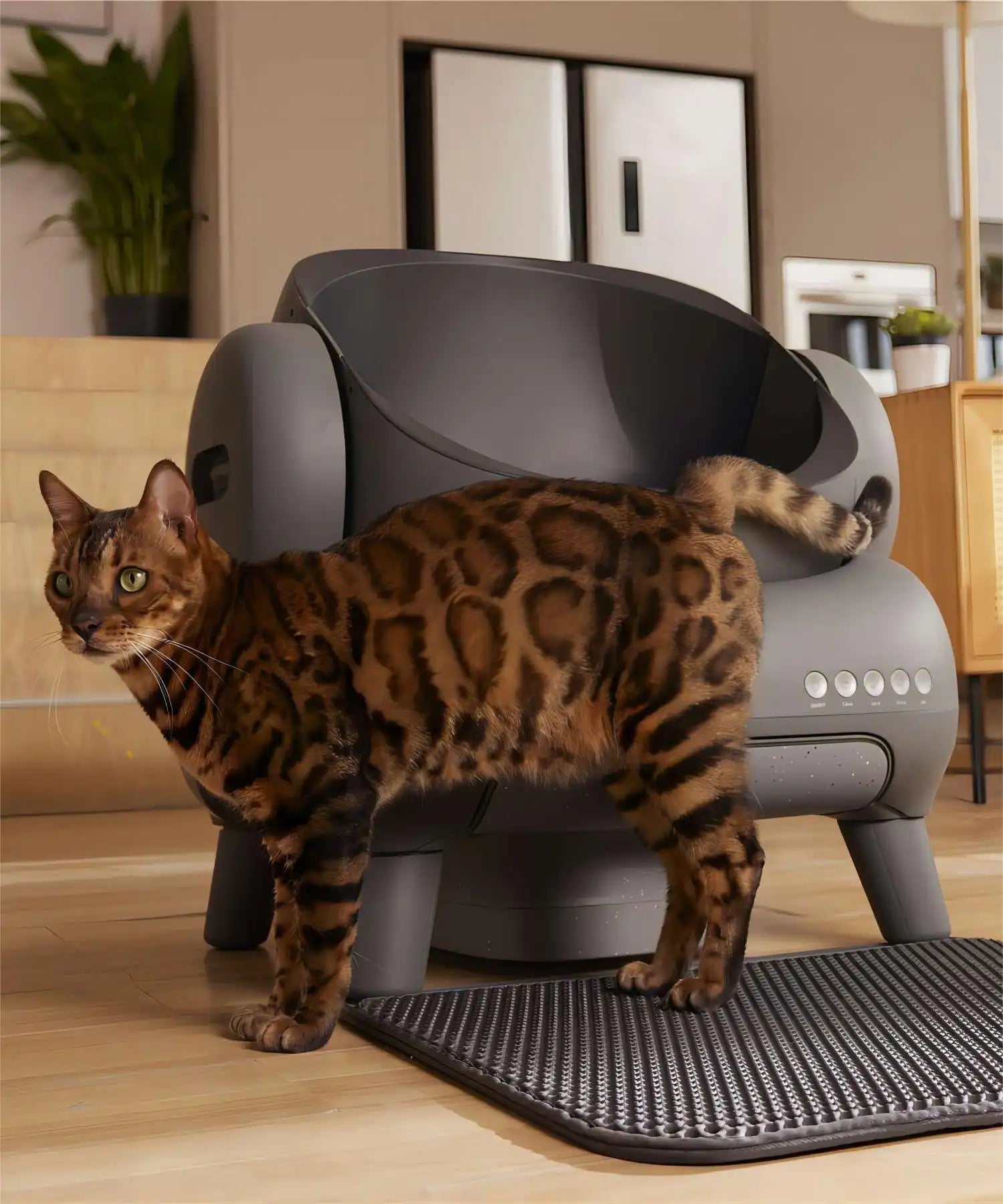
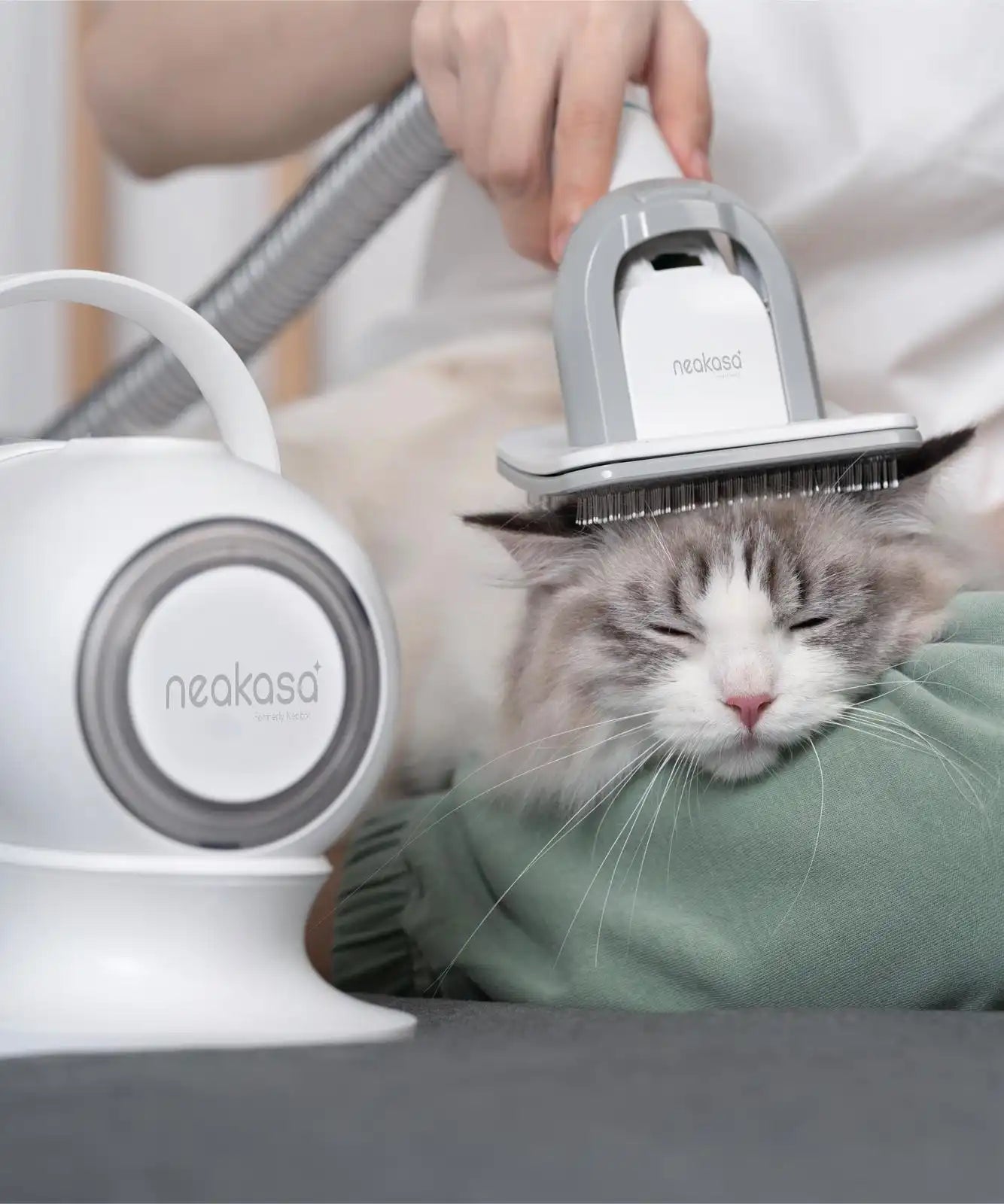
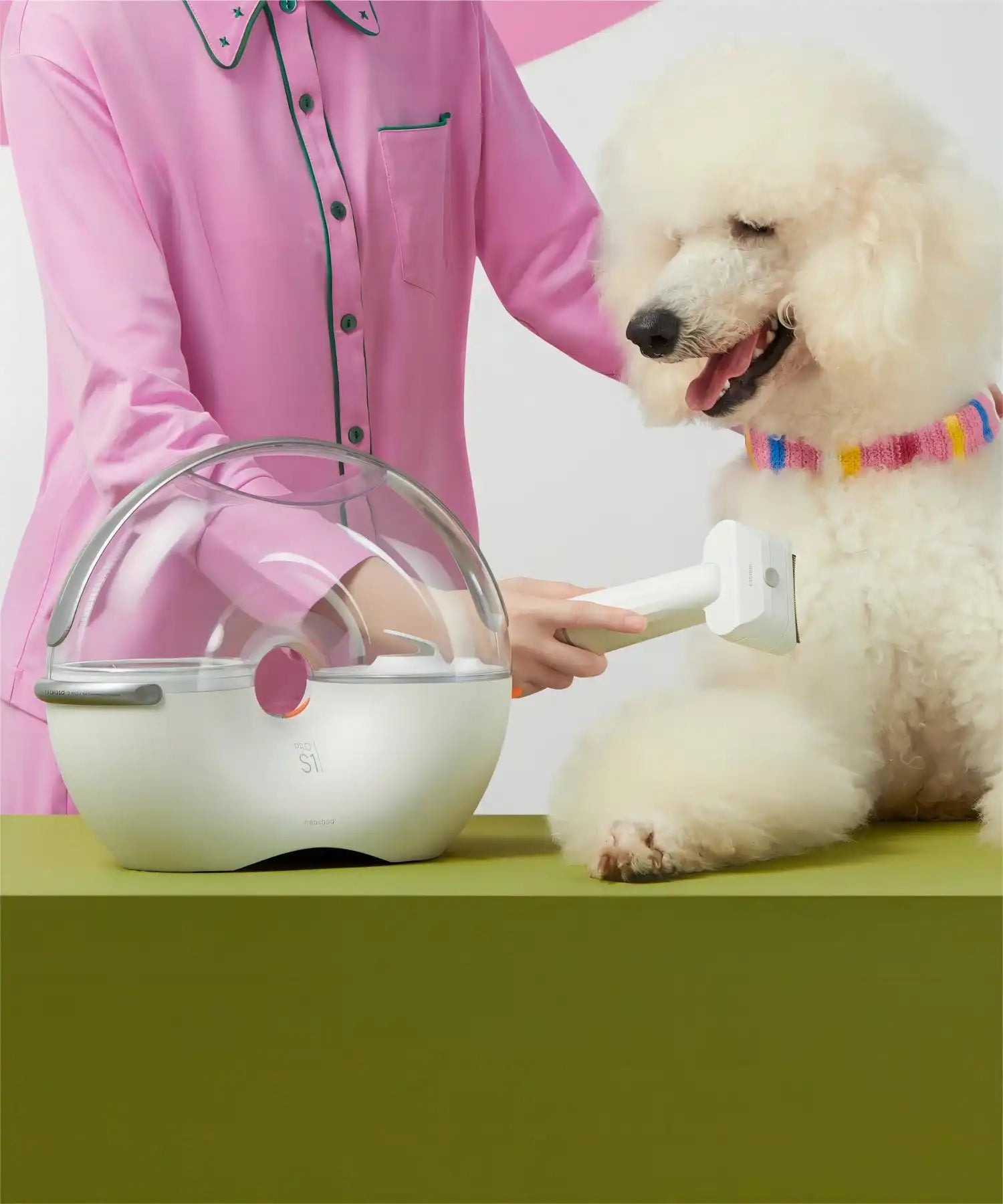
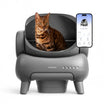
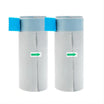
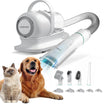
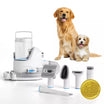
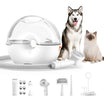
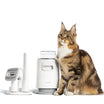
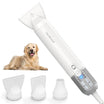
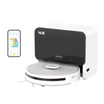
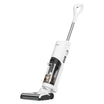
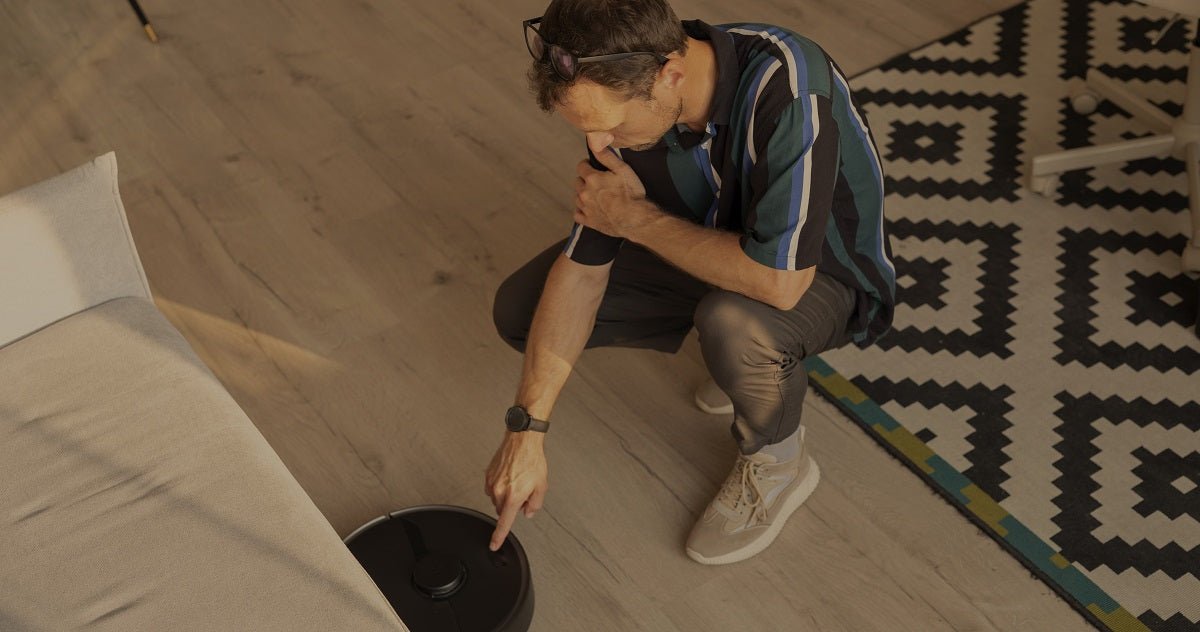
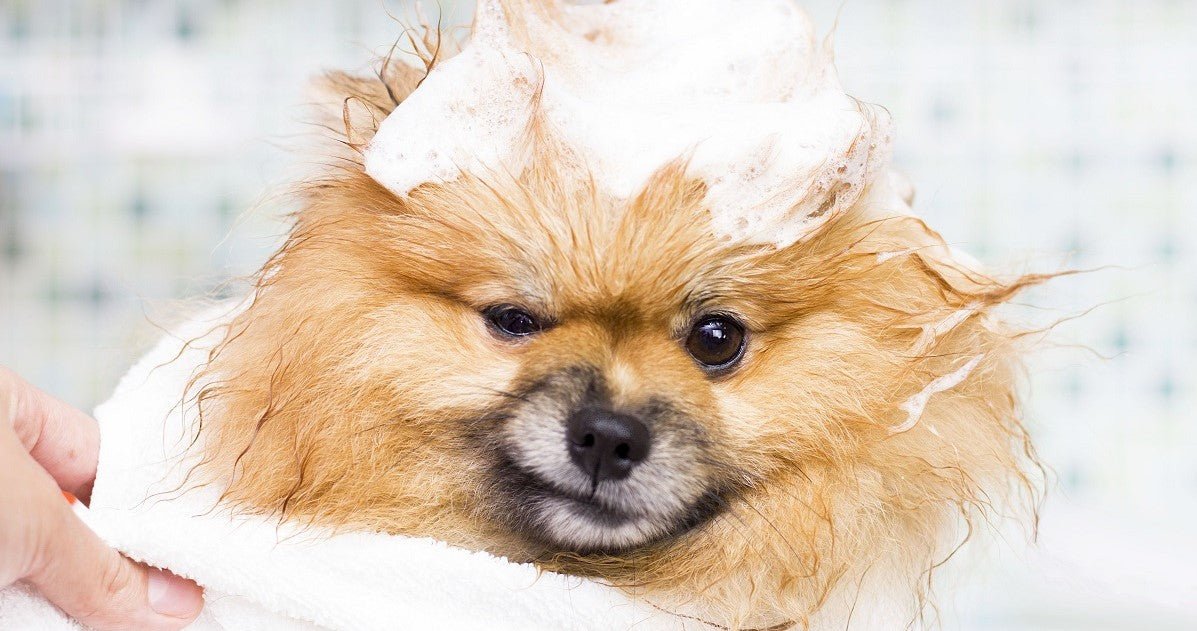
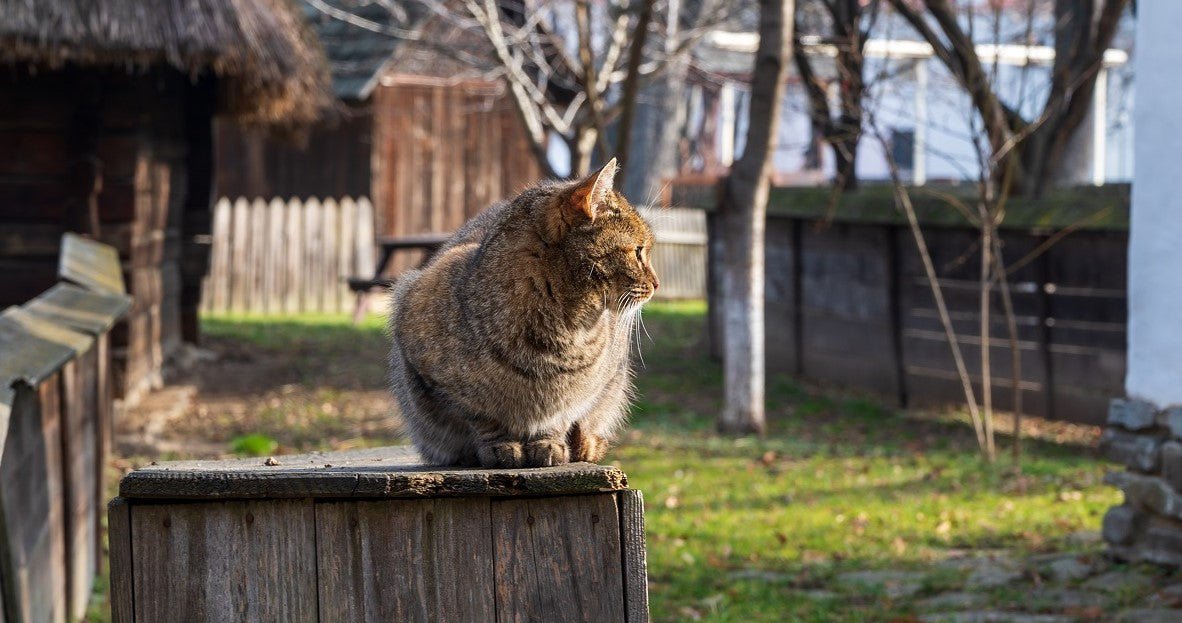
Leave a comment
This site is protected by reCAPTCHA and the Google Privacy Policy and Terms of Service apply.